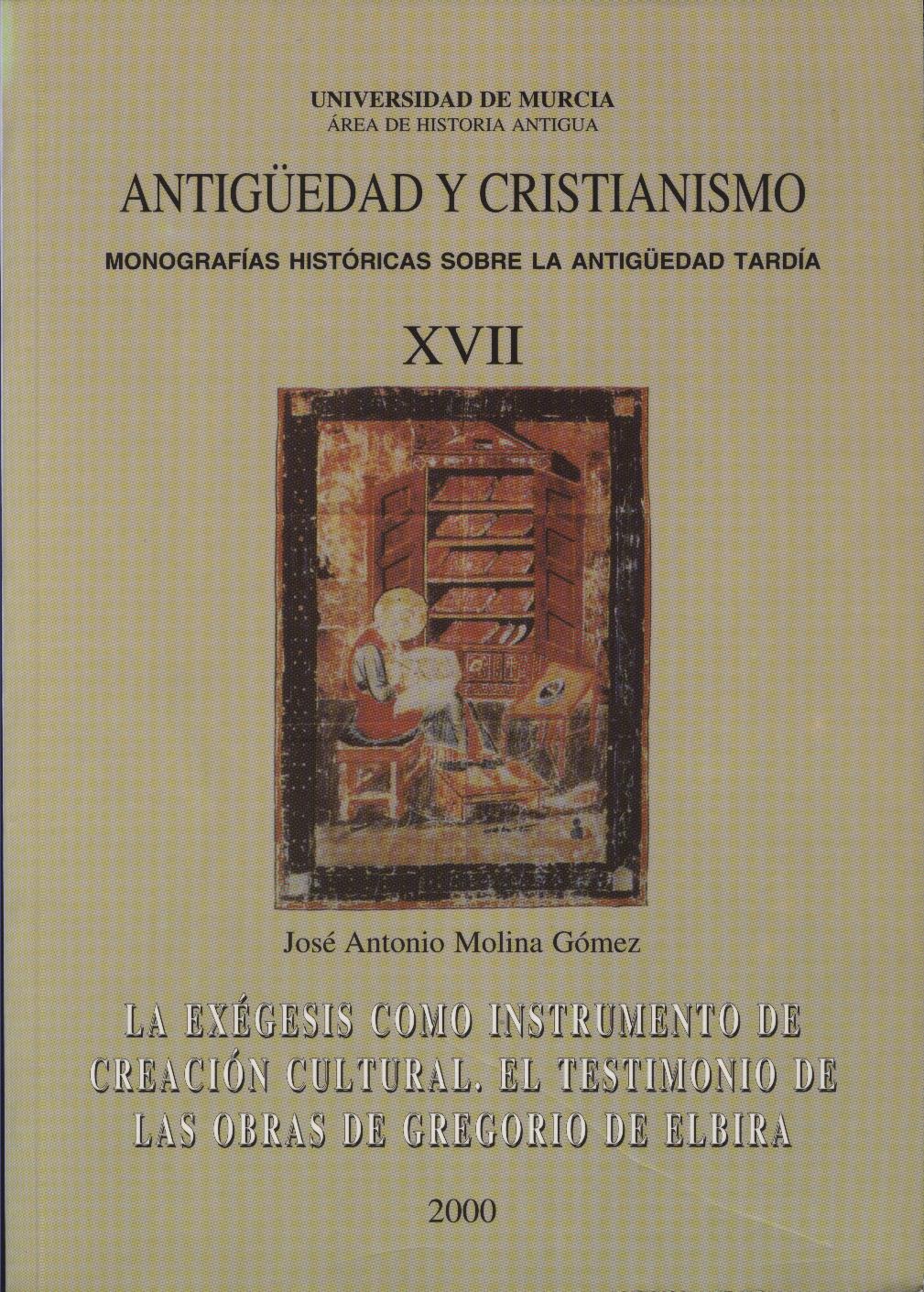The Jewish girl in Greco-Roman times: the early years
Abstract
This article deals on the first years of the Jewish girls in the Graeco-roman period, specifically of the attitudes towards their birth and the relationship with their mother. In spite of the obligation of raising both sons and daughters, male descendance was always more highly valued among the jews; the reasons for this preference lies in the very patriarchal structure of their society. As to the mother-daughter relationship, the epigraphic and papirological evidences are scarce and our main sources are the Greek texts of the Hellenistic Judaism, although the former are not clearly described, either.
Downloads
-
Abstract1212
-
PDF (Español (España))9291
References
B. RAWSON (ed.), Marriage, Divorce and Children in Ancient Rome, Oxford, 1991
C. ALFARO GINER - A. NOGUERA BOREL (eds.), Actas del Primer Seminario deEstudios sobre la Mujer en la Antigüedad (SEMA I), Valencia, 24-25 Abril 1997, Valencia, 1998, pp. 24-28
E. CANTARELLA, La calamidad ambigua. Condición e imagen de la mujer en la antigüedad griega yromana, Madrid, 1996, p. 216.
F. CORRIENTE - A. PIÑERO, «Libro de los Jubileos», en A. DÍEZ MACHO (dir.), Apócrifos del Antiguo Testamento, vol. II. Madrid, 1983, p. 88.
J. ROMNEY WEGNER, «Leviticus», en C.A. NEWSOM - S.H. RINGE (eds.), The Women’s Bible Com-mentary, Louisville, 1992, p. 40.
J. HALLETT, Fathers and Daughters in RomanSociety, Princeton, 1984
J. MÉLÉZE MODRZEJEWSKI, Les Juifs d’Egypte. De Ramsès II à Hadrien, Paris, 1991, pp. 58-64.
J.GARDNER, Women inRoman Law and Society, Indianapolis, 1983
K. R. BRADLEY, Discovering the Roman Family, New York and Oxford, 1991
L.J. ARCHER, Her price is beyond rubies. The Jewish women in Graeco-Roman Palestine, JSOT Supple-ment Series, 60, Sheffield, 1990, p. 38
R. S. KRAEMER, «Jewish Mothers and Daughters in the Greco Roman World», en S. J. D. COHEN, (ed.),The Jewish Family in Antiquity, Brown Judaic Studies, 289, Atlanta, 1993, pp. 90-96.
1. The authors non-exclusively assign the exploitation rights (reproduction, distribution, communication and transformation) to the magazine.
2. The works published in this magazine are subject to the Attribution-ShareAlike 4.0 International license (CC By SA 4.0). Therefore, they can be copied, used, disseminated, transmitted and publicly displayed, provided that:
i) the authorship and the original source of its publication (journal, editorial and URL of the work) are cited, thus allowing its recognition.
ii) it is allowed to remix, transform or create from the material while maintaining the same license as the original.
Note: Articles prior to 2022 incorrectly display the CC by SA license in the abstract page. They are under a CC by NC ND license as embedded in the article pdfs. Articles published in 2022 and after are under the CC by SA license.

3. Self-archiving conditions. Authors are allowed and encouraged to electronically disseminate the pre-print (version before being evaluated) and/or post-print (version evaluated and accepted for publication) versions of their works before publication, as it favors their publication. Earlier circulation and diffusion and with it a possible increase in its citation and reach among the academic community. Color RoMEO: verde.
























